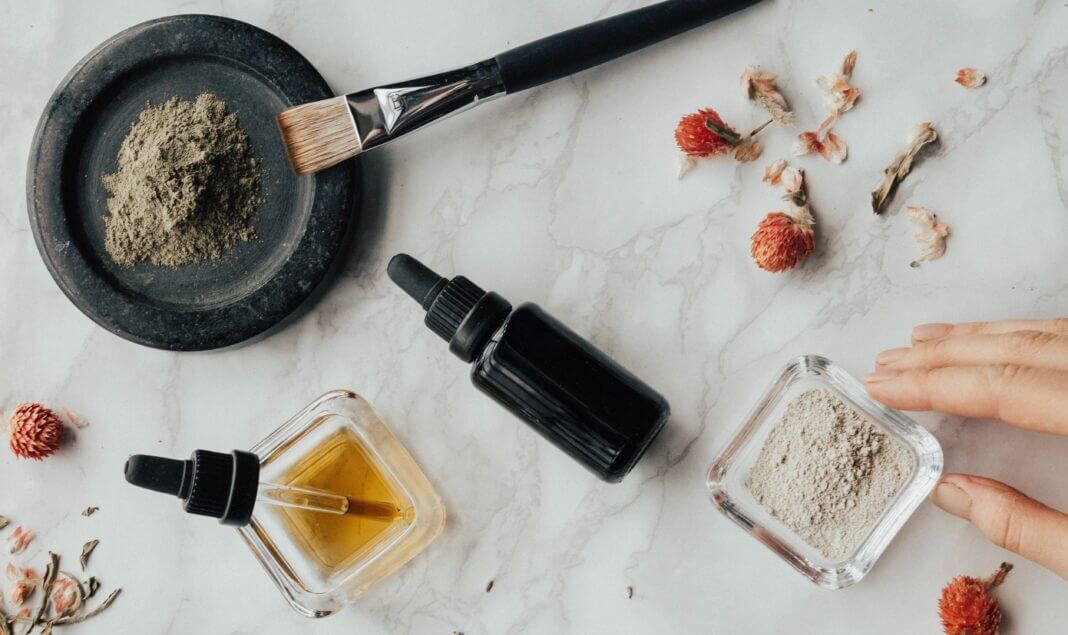Homemade sunscreens give their users a false sense of security and offer negligible UV protection, according to a recent review of online do-it-yourself (DIY) sunscreen recipes.
Couteau et al. (2020), from the Université de Nantes argued that users generally do not have the option of testing the raw materials to make a homemade sunscreen, or test efficacy the end product. From in-vitro testing of 15 DIY sunscreens, the team concluded that all had SPF values lower than six. In three of the products, no sunscreen was found in the raw materials.
A growing trend to find alternatives to commercially available sunscreens has evolved over recent years due to growing concerns over the impact of ingredients on the environment, particularly marine life. To name a few, oxybenzone, benzophenone-1 and nano-titanium dioxide are ingredients commonly found in traditional sunscreens which some groups are warning against the use of. In fact, countries including the U.S. Virgin Islands and Hawaii, have banned the use of sunscreen containing certain chemicals altogether. Given projections place the global skincare market at US$ 189.3 billion by 2025, studies such as this are important reminders that companies working in the space must be agile and respond to the changing demands of consumers.
With a lifetime risk of skin cancer of 20% the United States, and over 50% in Australia, the importance of maintaining adequate photoprotection cannot be overstated. The ideal photoprotection regimen should offer protection against all wavelengths of the solar spectrum, should not impact the environment, and perhaps most significantly, should not require frequent reapplication to ensure compliance. Progress towards this goal is certainly evident. Additionally, mineral sunscreens which reflect rather than absorb UV-radiation, offering a physical barrier to sunlight, are seen as the next-generation products after chemical sunscreens, and have received a lot of consumer health coverage for enhanced photoprotection, and lower environmental impact. Finally, in his article, Current challenges in photoprotection, published in the Journal of the American Academy of Dermatology (JAAD), Henry Lim MD (2016) notes that topical antioxidants and systemic agents may, in future, help to combat the suppressed use of photoprotection around the world.
Click here to learn more about the importance of adequate photoprotection. Alternatively, visit Clinuvel.com to learn about our pharmaceutical advancements in photoprotection.

